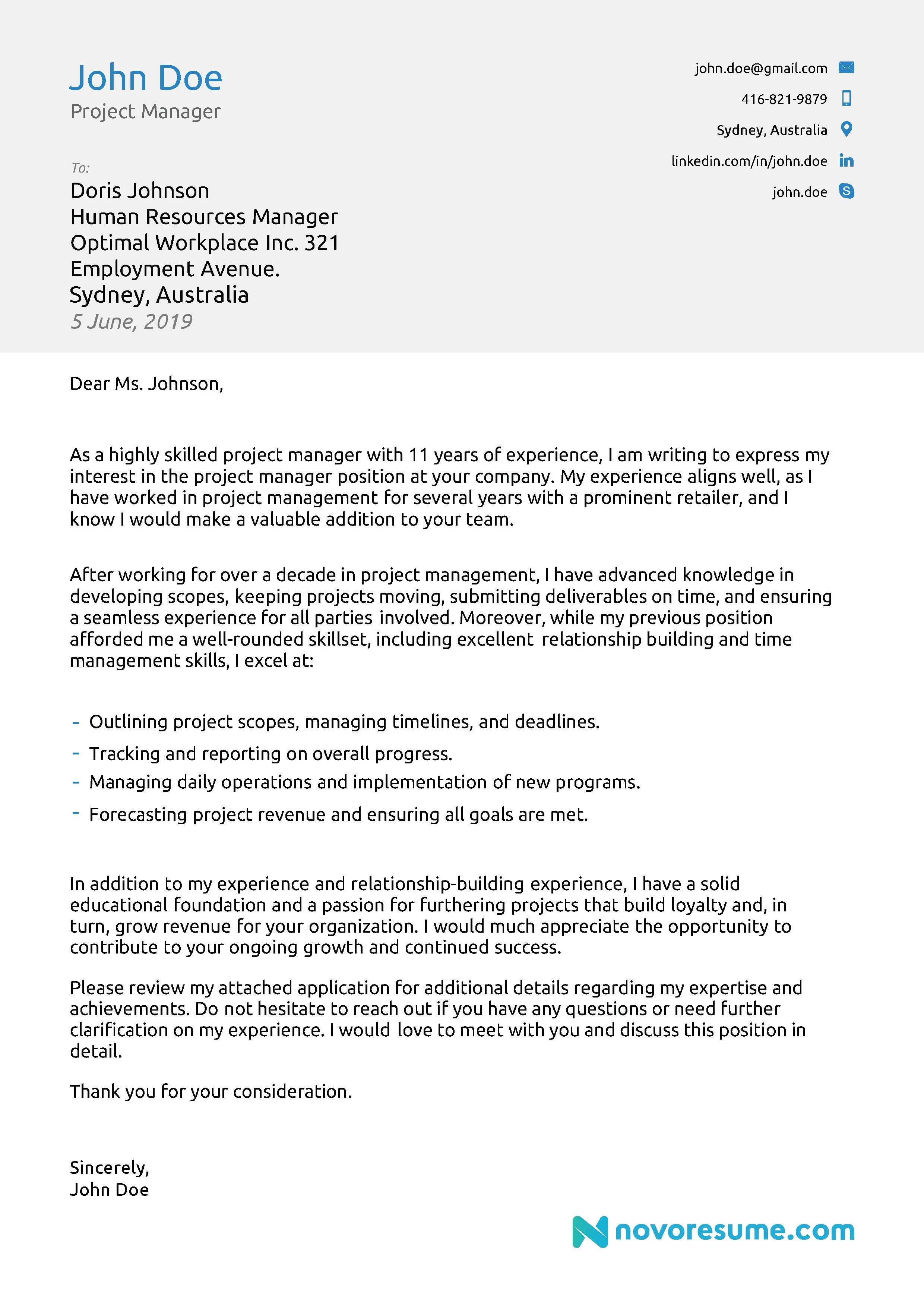What Is a Cover Letter and Why Do You Need One
A cover letter is a crucial document that accompanies your resume when applying for a job. It serves as your first impression, allowing you to introduce yourself to the hiring manager and highlight your qualifications, skills, and experiences in a way that a resume alone cannot. Think of it as your personal sales pitch, designed to capture the reader’s attention and convince them that you are the ideal candidate for the position. In today’s competitive job market, a well-crafted cover letter is no longer optional; it’s a necessity. It provides an opportunity to showcase your personality, demonstrate your understanding of the role, and express your enthusiasm for the company. By taking the time to write a compelling cover letter, you significantly increase your chances of landing an interview and ultimately, getting hired.
The Anatomy of a Killer Cover Letter
A successful cover letter is more than just a summary of your resume; it’s a strategically written document designed to engage the reader from the outset. It follows a specific structure to ensure clarity, impact, and a lasting impression. The key elements of a killer cover letter include a compelling header with your contact information, a personalized greeting, a captivating introduction that grabs the reader’s attention, well-structured body paragraphs that highlight your skills and experience, and a strong conclusion that reinforces your interest and calls for action. Each section plays a vital role in conveying your message and making you stand out from other applicants. Mastering this anatomy will transform your cover letters from ordinary to extraordinary, positioning you for success in your job search.
Header Essentials Your Contact Information
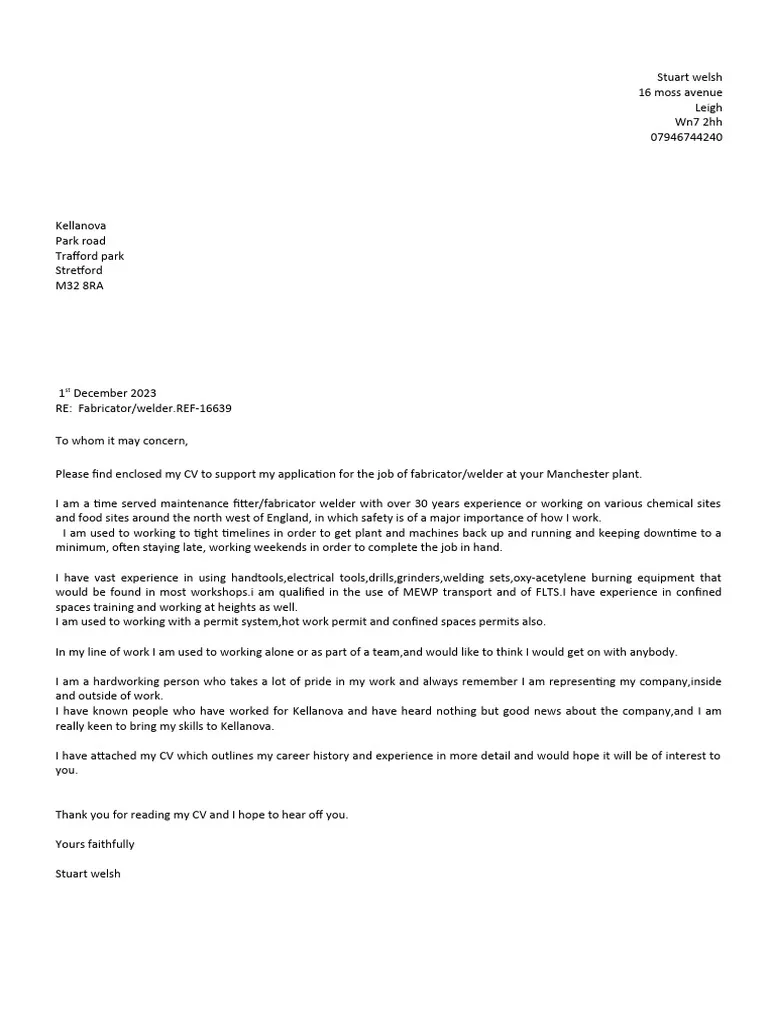
The header of your cover letter is the first thing a hiring manager sees, so it’s crucial to make it clean, professional, and easy to read. Include your full name, address, phone number, and professional email address. Ensure that the information is current and accurate, as this is how recruiters will contact you. Consider using a standard, readable font for consistency with the rest of the document. The header should be positioned at the top of the page, either left-aligned or centered. It is essential to ensure that the header is visually appealing and avoids any unnecessary clutter, making it easy for the reader to locate your contact details. A well-formatted header sets the tone for the rest of your cover letter, demonstrating your attention to detail and professionalism.
The Greeting How to Address the Hiring Manager
Addressing the hiring manager by name is a critical step in making your cover letter stand out. It demonstrates that you’ve taken the time to research the company and the specific role, showing a level of interest that generic greetings cannot match. If you can find the hiring manager’s name, always use it. You can often find this information on the company’s website, LinkedIn, or the job posting itself. In cases where the name isn’t available, it’s acceptable to use a general greeting such as ‘Dear Hiring Manager,’ but avoid generic phrases like ‘To Whom It May Concern,’ which can make your letter feel impersonal. Proper salutations show respect and engagement, setting a positive tone for the rest of your letter.
Body Paragraph 1 Hook the Reader
The first paragraph of your cover letter is your opportunity to make a strong first impression. It should immediately capture the reader’s attention and create interest in learning more about you. Start with a compelling hook that showcases your enthusiasm for the position and the company. Instead of simply stating that you are applying for the job, try expressing your excitement or highlighting something specific that attracted you to the opportunity. Consider mentioning a recent company achievement, your understanding of the company’s mission, or a specific skill relevant to the role. Make it clear why you are interested in the particular job and why the company should be interested in you. This initial hook sets the tone for the entire letter and encourages the reader to continue reading.
Body Paragraph 2 Showcase Your Skills and Experience
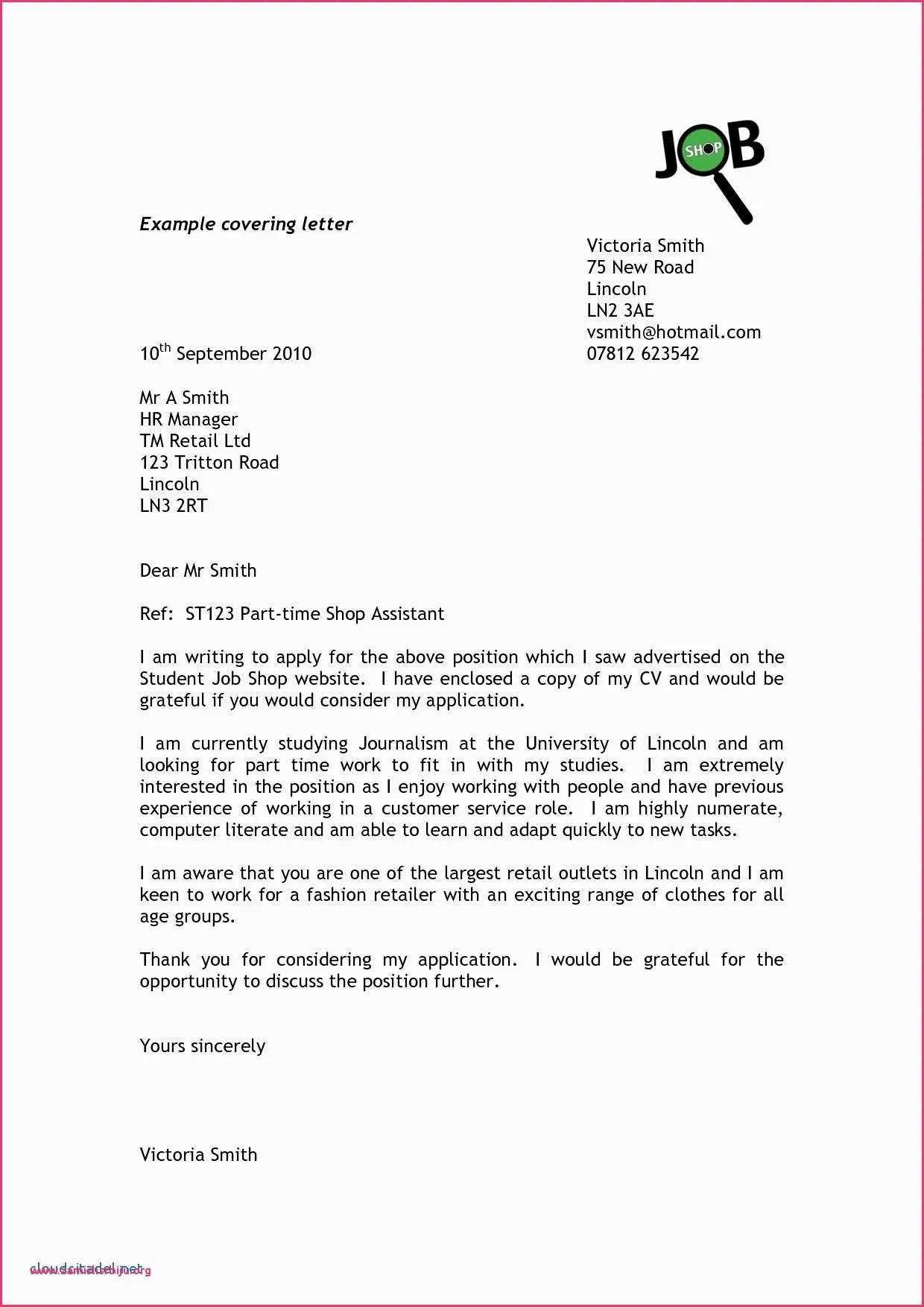
The second paragraph is where you delve into your skills and experience, demonstrating how your qualifications align with the job requirements. Refer to the job description and identify the key skills and experiences the employer is seeking. Provide specific examples of how you have used those skills in previous roles and the results you achieved. Use action verbs to describe your accomplishments and quantify your successes whenever possible. For example, instead of saying ‘Managed projects,’ say ‘Managed projects, resulting in a 15% reduction in project completion time.’ This level of detail not only showcases your abilities but also provides tangible evidence of your value. Focus on what makes you unique and how you can contribute to the company’s success.
Body Paragraph 3 Show Your Enthusiasm and Fit
The final body paragraph of your cover letter is a prime spot to demonstrate your enthusiasm and illustrate your fit within the company culture. This is where you explain why you are interested in this particular company and role, and why you believe you would be a great fit. Highlight the company’s mission, values, or recent achievements and express your alignment with them. Explain how you see yourself contributing to the team and the company’s goals. Show that you’ve researched the company and are genuinely excited about the opportunity. Share a personal connection or a specific reason that makes you want to work for them. This paragraph should leave the reader with a clear understanding of why you are a good match for the role, both in terms of skills and cultural fit.
The Closing Strong Call to Action
Your closing paragraph should summarize your interest in the position and reiterate your desire to move forward in the hiring process. Express your gratitude to the hiring manager for their time and consideration. Make it clear that you are eager to discuss your qualifications further. End with a clear call to action, such as requesting an interview or expressing your availability for a follow-up conversation. Avoid simply ending the letter with a generic phrase like ‘Sincerely.’ Instead, include a specific and proactive statement, such as ‘I am eager to discuss how my skills and experiences can benefit your team and welcome the opportunity for an interview.’ A strong call to action reinforces your interest and encourages the next step in the hiring process.
Formatting Secrets Make It Readable
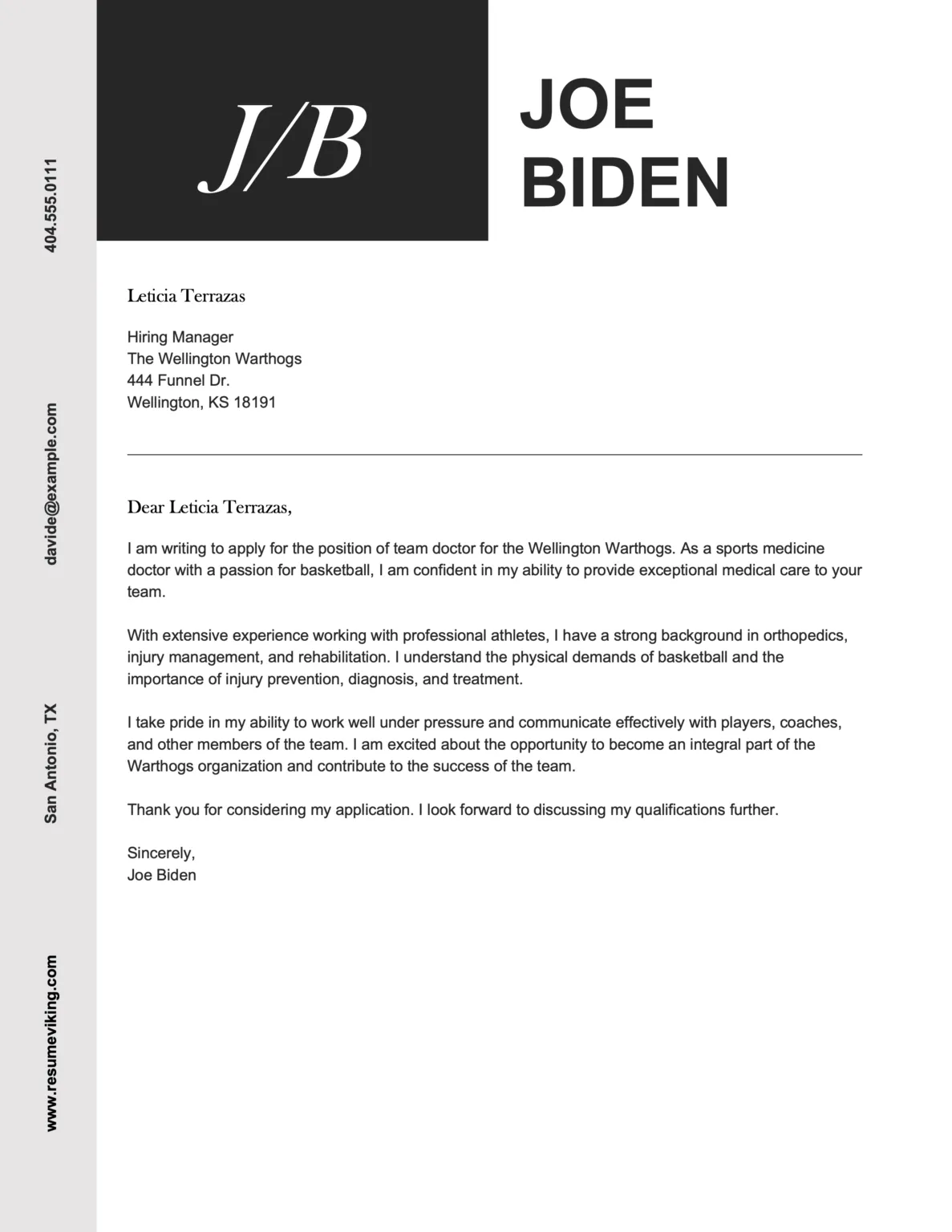
Formatting plays a critical role in the readability and impact of your cover letter. A well-formatted letter is visually appealing, making it easier for the hiring manager to read and understand your message. Proper formatting enhances the overall presentation and professionalism of your application. Formatting choices can make or break your cover letter’s impact. Proper formatting includes elements like font selection, white space, and layout, all of which contribute to a polished and effective cover letter.
Font and Size Selection
Choosing the right font and size is essential for readability. Select a professional, easy-to-read font like Times New Roman, Arial, or Calibri. Keep the font size between 10 and 12 points. Make sure the font is consistent throughout the document, including the header, body, and closing. Avoid using overly stylized or decorative fonts, as they can distract from the content. The goal is to create a clean and uncluttered look that allows the reader to focus on your message.
White Space and Layout
Adequate white space and a clear layout are crucial for improving the readability of your cover letter. Use single-spaced paragraphs with a double space between each paragraph. Ensure there is sufficient white space around the margins. Use bullet points to organize information and make it easier to scan. Proper layout helps break up the text, making it visually appealing and less daunting for the reader. The goal is to create a well-organized and easy-to-read document that highlights your most important qualifications.
Tone and Style Tailor Your Voice
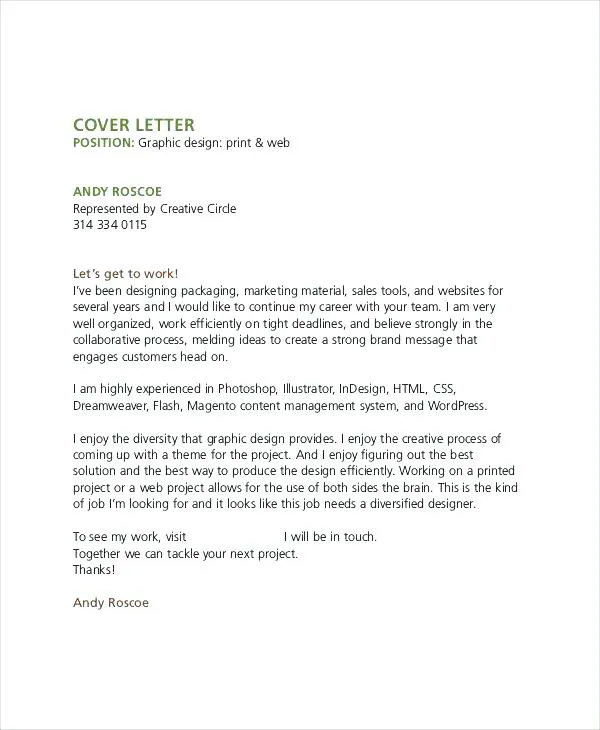
Your tone and style should be carefully tailored to the job and the company culture. Consider the industry, the role, and the organization’s values when choosing your language. The tone should be professional, enthusiastic, and reflective of your personality. Maintain a positive and confident tone throughout the letter. Ensure that your writing style is clear, concise, and easy to understand. The goal is to strike a balance between professionalism and personality, creating a positive impression on the reader and demonstrating your ability to communicate effectively.
Use Action Verbs
Action verbs are powerful tools for making your cover letter more dynamic and impactful. They help to showcase your accomplishments and skills in a clear and concise manner. Replace passive phrases with active verbs. For example, instead of saying ‘Responsibilities included project management,’ write ‘Managed projects.’ Action verbs help to create a sense of energy and demonstrate your ability to take initiative and drive results. Use a variety of action verbs to keep the letter engaging and to highlight the range of your skills and experiences. This adds depth and credibility to your application.
Show Dont Tell
Rather than simply stating your skills and qualifications, demonstrate them through specific examples and achievements. Support your claims with concrete evidence. If you claim to be a strong leader, provide examples of times you led a team to success. Quantify your achievements whenever possible. For example, mention specific percentages or dollar amounts to show the impact of your work. ‘Show, don’t tell’ allows you to demonstrate your value to the employer by providing proof of your abilities and contributions, making your letter more compelling and memorable. This approach makes your letter more persuasive and reinforces your credibility.
Proofreading and Editing Catching Mistakes
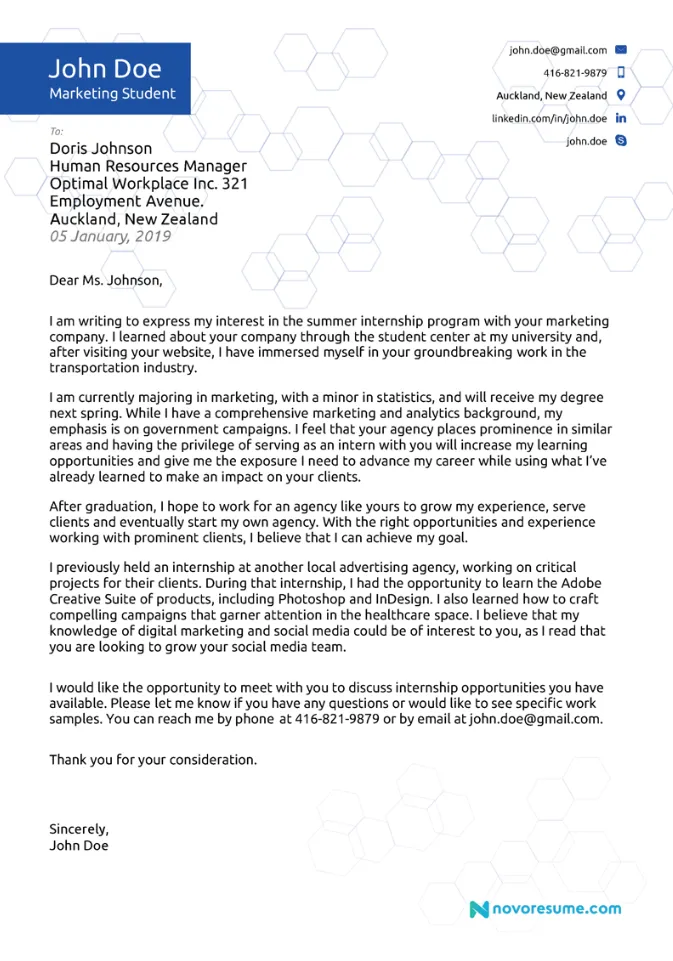
Proofreading and editing are essential steps that should never be skipped. Errors in grammar, spelling, and punctuation can significantly undermine your credibility and professionalism. Review your cover letter carefully for any mistakes, and consider having a second pair of eyes review it as well. Read your letter aloud, as this can help you catch errors that you might miss when reading silently. Use grammar and spell-checking tools, but don’t rely on them entirely. Sometimes, these tools miss subtle errors. Make sure that the language is clear, concise, and free from any jargon that the reader may not understand. Correcting mistakes ensures that your cover letter is polished and professional.
Ask for Feedback
Getting feedback from others is one of the most effective ways to improve your cover letter. Ask trusted colleagues, friends, or career advisors to review your letter and provide constructive criticism. They can identify areas where you can improve your writing, clarify your message, and make your letter more persuasive. Be open to suggestions and willing to revise your letter based on the feedback you receive. Different perspectives can provide new insights and help you create a cover letter that is more impactful. The goal is to make your letter as strong and compelling as possible, increasing your chances of getting hired.
Tools and Resources Cover Letter Templates
Cover letter templates can be extremely helpful in providing a starting point and structure for your letter. They offer a pre-designed format and outline, making the writing process more efficient. However, avoid simply copying and pasting from a template. Use the template as a guide, tailoring it to your specific skills, experiences, and the job requirements. Replace the generic content with your own information. Ensure that the template aligns with your personal brand and that the language and style are consistent with your voice. Using templates strategically saves time and ensures a professional layout, which is a great starting point.
Online Cover Letter Builders
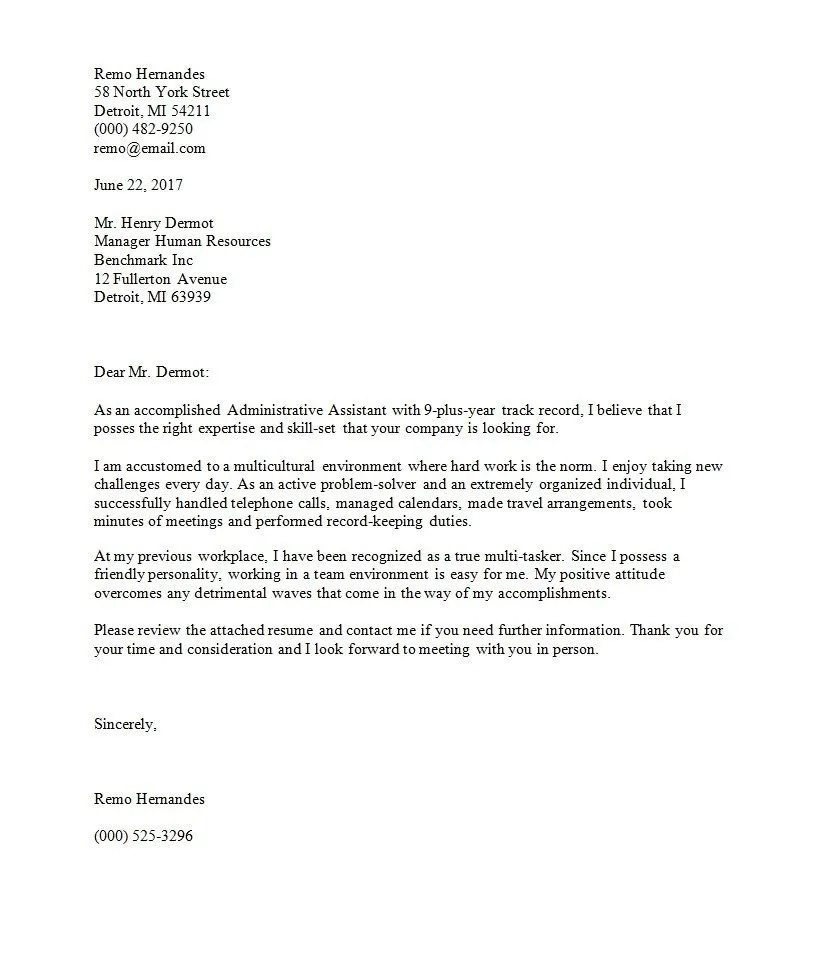
Online cover letter builders are another valuable resource. They provide a step-by-step process for creating a cover letter, often with helpful suggestions and prompts. These tools can assist in structuring your letter, selecting appropriate language, and formatting it professionally. Many builders offer customizable templates. However, ensure that you thoroughly review the final document to ensure accuracy and that the content reflects your personality and skills. Take advantage of these tools to streamline the writing process and produce a polished cover letter.
Common Cover Letter Mistakes and How to Avoid Them
There are a number of common mistakes that job seekers make in their cover letters, which can negatively impact their applications. Being aware of these mistakes and how to avoid them can significantly improve your chances of getting hired. It is crucial to carefully review your cover letter to ensure you are presenting your skills and qualifications effectively.
Not Customizing Your Letter
One of the biggest mistakes is sending a generic cover letter that isn’t tailored to the specific job or company. Hiring managers can easily spot a generic letter, and it shows a lack of genuine interest in the position. Instead, customize your letter by addressing the hiring manager by name, highlighting the skills and experiences that align with the job requirements, and showing how you fit the company culture. Research the company and the role, and specifically mention aspects that resonate with you. This shows that you’ve taken the time to understand the opportunity and are genuinely interested.
Being Too Generic
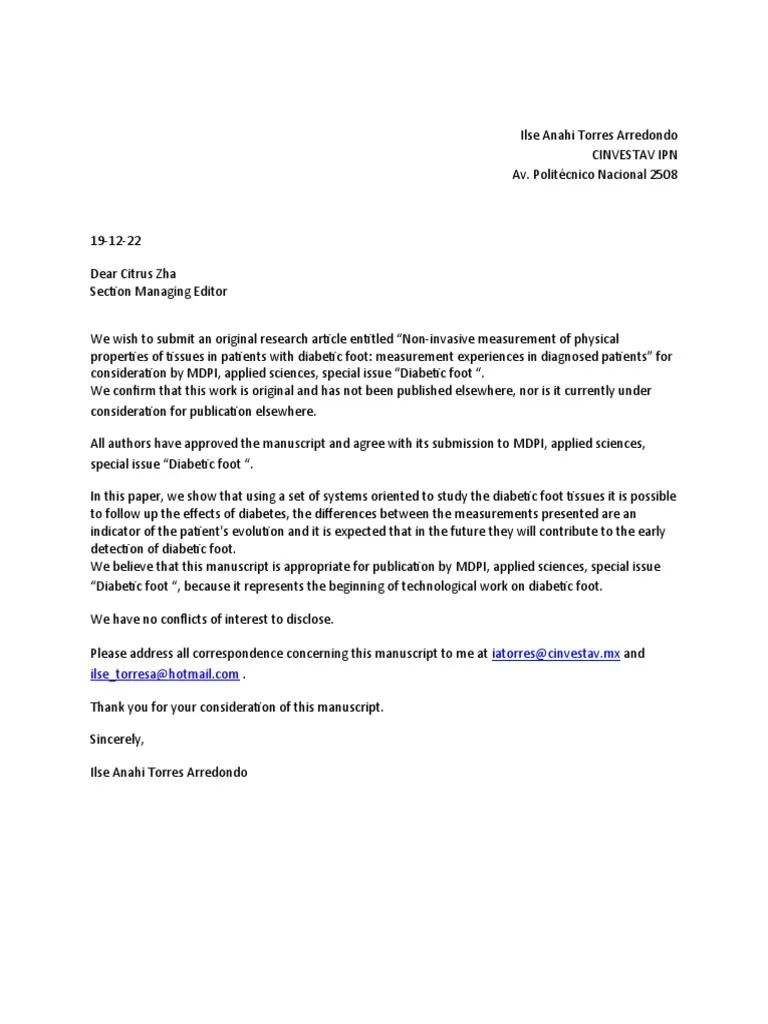
Avoid using generic language, such as clichéd phrases and vague statements. Generic language doesn’t provide any specific information about your skills, experiences, or accomplishments. Instead, use concrete examples and specific details to illustrate your qualifications. Quantify your achievements whenever possible and use action verbs. For example, replace ‘Responsible for managing projects’ with ‘Managed five projects, resulting in a 10% increase in efficiency.’ Specific, detailed language makes your cover letter more impactful and demonstrates the value you bring to the table.
Focusing on What You Want
It’s important to focus on what you can offer the employer, rather than what you hope to gain from the job. While it’s okay to express your enthusiasm and career goals, the primary focus should be on how your skills and experience align with the job requirements and how you can contribute to the company’s success. Frame your accomplishments and skills in terms of the value they bring to the employer. For instance, state how your experience in leadership has led to improved team performance, instead of simply saying ‘I enjoy leading teams.’ Shift the focus to the benefits the employer will receive by hiring you.
Ignoring the Job Description
Failing to carefully read and address the job description is a common mistake that can quickly disqualify your application. The job description outlines the specific skills, experiences, and qualifications the employer is seeking. Tailor your cover letter to directly address those requirements. Highlight the skills and experiences that align with the job description and provide concrete examples of how you have demonstrated those skills in the past. Use keywords from the job description. This strategy shows that you have carefully reviewed the requirements and are a strong match for the role. Ignoring the job description can show a lack of attention to detail and a lack of understanding of the position.
Cover Letter Secrets for Different Industries
While the fundamental principles of cover letter writing remain consistent, the specific approaches and emphasis can vary depending on the industry. It’s important to tailor your cover letter to the specific conventions and expectations of the industry you are applying to. Understanding industry-specific nuances can significantly increase your chances of success.
Tips for Tech Industry
In the tech industry, your cover letter should showcase your technical skills and your understanding of current trends and technologies. Highlight specific technologies, tools, and programming languages relevant to the job. Include links to your portfolio, GitHub profile, or any other relevant projects. Emphasize your problem-solving abilities and your experience working on complex projects. Use industry-specific terminology and show that you stay up-to-date with the latest developments in your field. Your letter should be concise and highlight your technical expertise and innovation.
Tips for Creative Fields
In creative fields, your cover letter is a chance to demonstrate your creativity and your unique style. Use a visually appealing format and design. Showcase your portfolio and provide links to your work. Highlight your creative skills and experience in the relevant medium. Express your passion for your craft and your ability to bring innovative ideas to the table. Your cover letter should be a reflection of your artistic talent and your ability to express yourself in a compelling way. It serves as a sample of your creativity.
Tips for Business and Finance
In business and finance, your cover letter should highlight your analytical skills, your attention to detail, and your understanding of financial principles. Use a professional and concise tone. Showcase your experience with financial analysis, budgeting, and reporting. Quantify your achievements using numbers, percentages, and financial metrics. Emphasize your ability to analyze data, solve problems, and make sound financial decisions. Your letter should be well-organized and demonstrate your financial acumen and attention to detail. Also, tailor to the specific needs of the role.
Final Thoughts Stand Out and Get Hired
Writing a cover letter is more than just filling in the blanks; it’s about crafting a compelling narrative that showcases your unique value. By following the cover letter secrets outlined above, you can create a standout cover letter that captures the attention of hiring managers. Remember to tailor your letter to each job application, highlight your skills and experiences, demonstrate your enthusiasm, and showcase your personality. By doing so, you will significantly increase your chances of getting an interview and, ultimately, landing the job of your dreams. Start writing your cover letter today, and take the first step toward a successful career.
